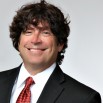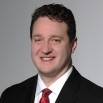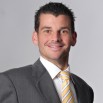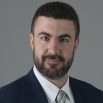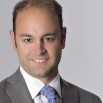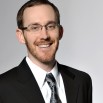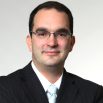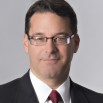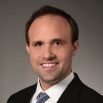June 26, 2025
Enablement, Anticipation, and Claim Strategy: Rethinking Biotech Patent Drafting Post-Agilent
For anticipation under 35 U.S.C. § 102, a prior art reference must disclose each and every element of the claimed invention, and such disclosure must be enabling. The recent Federal Circuit decision in Agilent Technologies, Inc. v. Synthego Corp., Nos. 2023-2186, 2023-2187 (Fed. Cir. June 11, 2025) addressed whether the enablement requirement for anticipation under § 102 should mirror the heightened enablement standard of Amgen Inc. v. Sanofi, 598 U.S. 594 (2023) requiring the full scope support to satisfy the enablement under 35 U.S.C. § 112. The Federal Circuit held that a reference can anticipate even if it would not function in the real world, so long as it teaches enough for a person of ordinary skill in the art to replicate the invention without undue experimentation.
Agilent v. Synthego involved patents on CRISPR gene-editing technology. Agilent held patents relating to chemically modified gRNAs used in CRISPR gene-editing, and Synthego challenged the patents’ validity at the Patent Trial and Appeal Board (PTAB). The PTAB invalidated all of Agilent’s claims, and Agilent appealed, arguing, among other things, that the cited prior art was not enabling.
The Federal Circuit affirmed the PTAB’s decision. The court held that the cited patent application qualified as an enabling, anticipatory reference because a reference need only enable a single embodiment of the asserted claims to satisfy the enabling disclosure under § 102. The court distinguished Amgen on two grounds. First, Amgen addressed enablement under § 112, not whether prior art is enabled under § 102. Second, in contrast to Amgen, the combination of the state of the art and the cited reference provided sufficient guidance to avoid undue experimentation. Accordingly, the heightened Amgen standard does not apply to anticipation under § 102.
Practice Tips:
- Do not discount prior art with limited or prophetic examples when preparing a new patent application. The enablement threshold under § 102 is relatively low; for example, even prophetic examples may suffice. A single prophetic embodiment can be anticipatory if it enables one way of practicing the claimed invention. Therefore, prophetic examples in prior art must be carefully considered when drafting claims for a new patent application.
- For a defensive strategy, include both working and prophetic examples in your patent application. Well-crafted prophetic examples can serve dual purposes: bolstering the disclosure and potentially qualifying as enabled prior art against competitors’ applications. To prevent competitors from designing around the claims, a new patent application should include a variety of prophetic examples. In addition to their defensive value, working examples and experimental data strengthen § 112 enablement by demonstrating that the invention can be practiced across its full scope.


